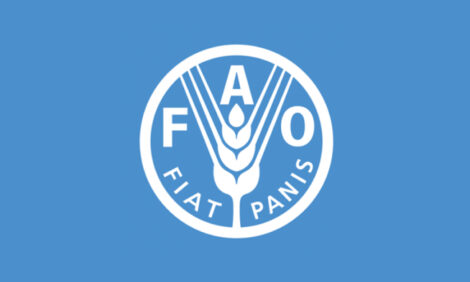



More Food for Fewer People?
AUSTRIA - Food security is one of the central issues for global society. At a global scale, cropland can only be used to a limited extent.The amount of cropland needed for food production depends on three factors: population numbers, average food consumption patterns, and output per unit of land. Around the globe these factors show significant differences.
Based on data provided by the Food and Agricultural Organization of the UN (FAO), Thomas Kastner and his colleagues from the lpen-Adria-Universität Klagenfurtquantified the developments for all continents during the past 46 years.
“We recognised that dietary patterns have changed greatly in most regions: people consume greater quantities of meat and of other resource-intensive products.
"Meanwhile, less cropland is needed to produce the same amount of food,” Thomas Kastner said.
These developments are most evident in the “emerging economies”, in China, Brazil, and India.
The scientists analysed the interplay of changes in the three factors in terms of the land requirements.
In large parts of the developing world, population growth and changes to the food consumption patterns overcompensated increased yields.
The results indicate a clear relationship: socioeconomic development leads to declining population growth rates while, at the same time, diets become richer.
As a consequence, the land requirements for the provision of food will continue to rise in many regions, despite lower population growth and technological improvements.
TheCattleSite News Desk


